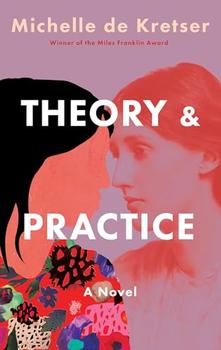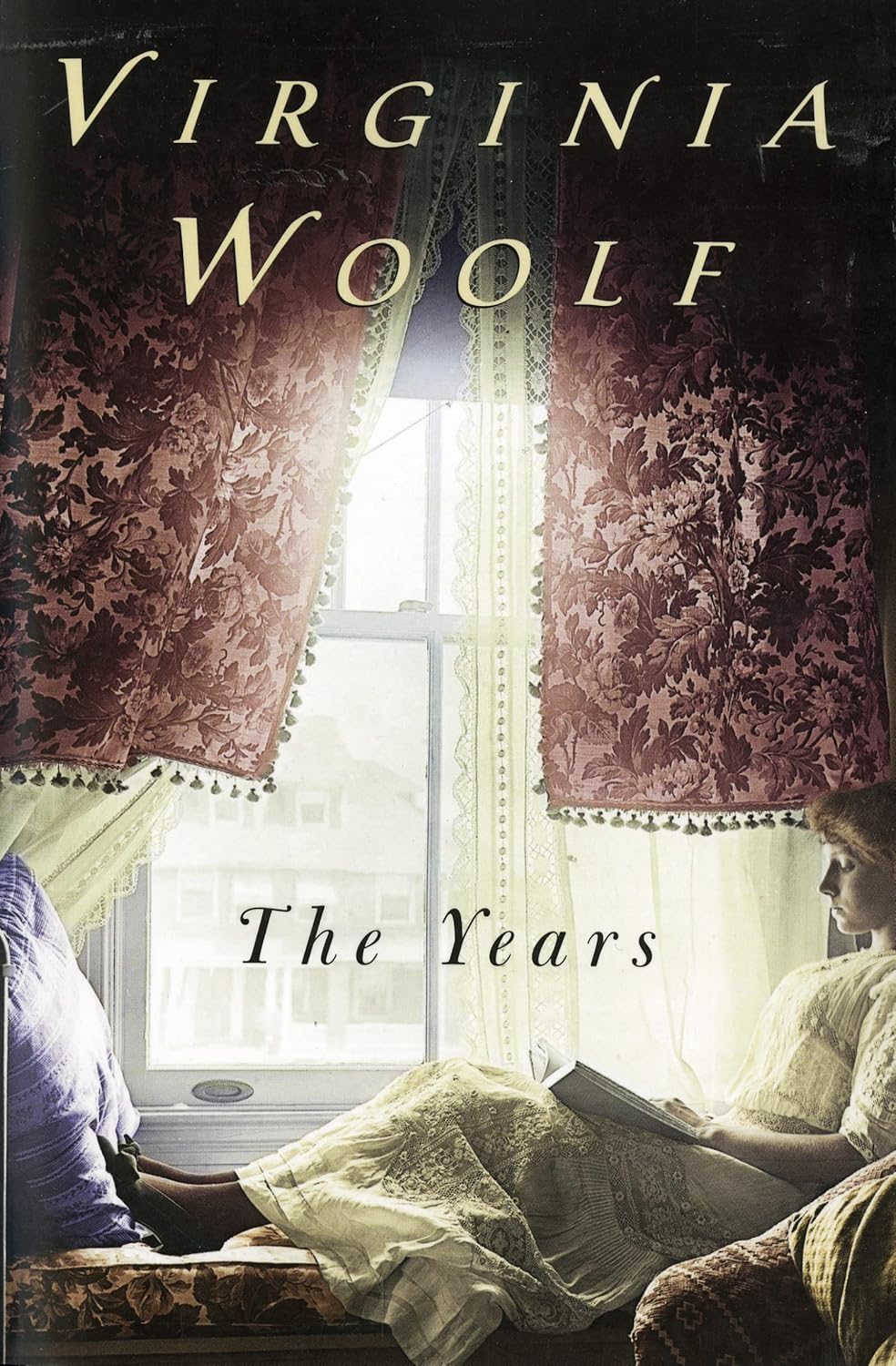Summary | Excerpt | Reviews | Beyond the Book | Read-Alikes | Genres & Themes | Author Bio

A Novel
by Michelle de KretserThis article relates to Theory & Practice
 The Years is the last of Virginia Woolf's novels to be published during her lifetime, in 1937. Beginning in 1880 and following three generations of the Pargiter family across five decades to the "present day," it captures intimate moments between characters and internal monologues against the backdrop of historical events and changes in British society.
The Years is the last of Virginia Woolf's novels to be published during her lifetime, in 1937. Beginning in 1880 and following three generations of the Pargiter family across five decades to the "present day," it captures intimate moments between characters and internal monologues against the backdrop of historical events and changes in British society.
As in Woolf's more popular novels To the Lighthouse (1925) and Mrs. Dalloway (1927), the passage of time in The Years is a major theme, but even more so here, with the narrative eschewing close character development and traditional story structure in favor of the bigger picture. A New York Times critic called it "her richest and most beautiful novel, out of many years in the practice of writing." Some modern readers might disagree. The consistent jumping from character to character (often the Pargiter sisters Eleanor, Delia, Milly, and Rose, who age across the course of the book) is a hallmark of Woolf's work in general but requires some added patience in this later work, as plot threads are quickly dropped — the moments offered are absorbing, but become subsumed in the flow of the years.
In Michelle de Kretser's Theory & Practice, the main character is a Sri Lankan Australian grad student writing her thesis on The Years, attempting in the process to resolve her feelings about Woolf upon finding a racist entry in her diary. The Years itself has plenty of racism built in — characters make casual derogatory comments that are antisemitic, Orientalist, and anti-Black. This isn't an inaccurate depiction of upper-middle class British people at the time(s); it isn't an especially critical one, either.
De Kretser's narrator lifts the veil on the underlying structures that support and encourage the viewpoints, language, and general attitudes in the book, focusing on how the Pargiters make their money. That the Pargiter men serve in the military at foreign outposts and secure class and financial status for themselves through complicity in the expansion of British empire could be — and doubtless often has been — read as mere background detail. For the narrator, it's a crucial point that complicates Woolf's picture of women's emancipation and Woolf herself, who is still viewed as a feminist figure.
The Years was initially intended to be a mix of fiction and critical nonfiction, a new narrative form, but ultimately became a novel. De Kretser's character offers the blistering critique that the book's fate parallels Woolf's inability to reach outside of "the powerful fiction that the self-fulfilment of British women transcended the imperialism that enabled it."
Rather than stick to a neat, solid argument as the narrator strives to do (and more or less has to do within the confines of her academic setting), Theory & Practice "write[s] back to Woolf" in the expansive way a friend suggests the narrator should, opening additional pathways for reflection. If British imperialism enabled women's emancipation, did it not also enable the circumstances that made emancipation necessary? Was Woolf aware of her limitations in writing about the times she lived in from a critical point of view? Can new ideas be birthed by new forms?
1969 edition of The Years by Virginia Woolf, courtesy of Mariner Books Classics
Filed under Books and Authors
![]() This article relates to Theory & Practice.
It first ran in the March 12, 2025
issue of BookBrowse Recommends.
This article relates to Theory & Practice.
It first ran in the March 12, 2025
issue of BookBrowse Recommends.
People who bite the hand that feeds them usually lick the boot that kicks them
Click Here to find out who said this, as well as discovering other famous literary quotes!
Your guide toexceptional books
BookBrowse seeks out and recommends the best in contemporary fiction and nonfiction—books that not only engage and entertain but also deepen our understanding of ourselves and the world around us.